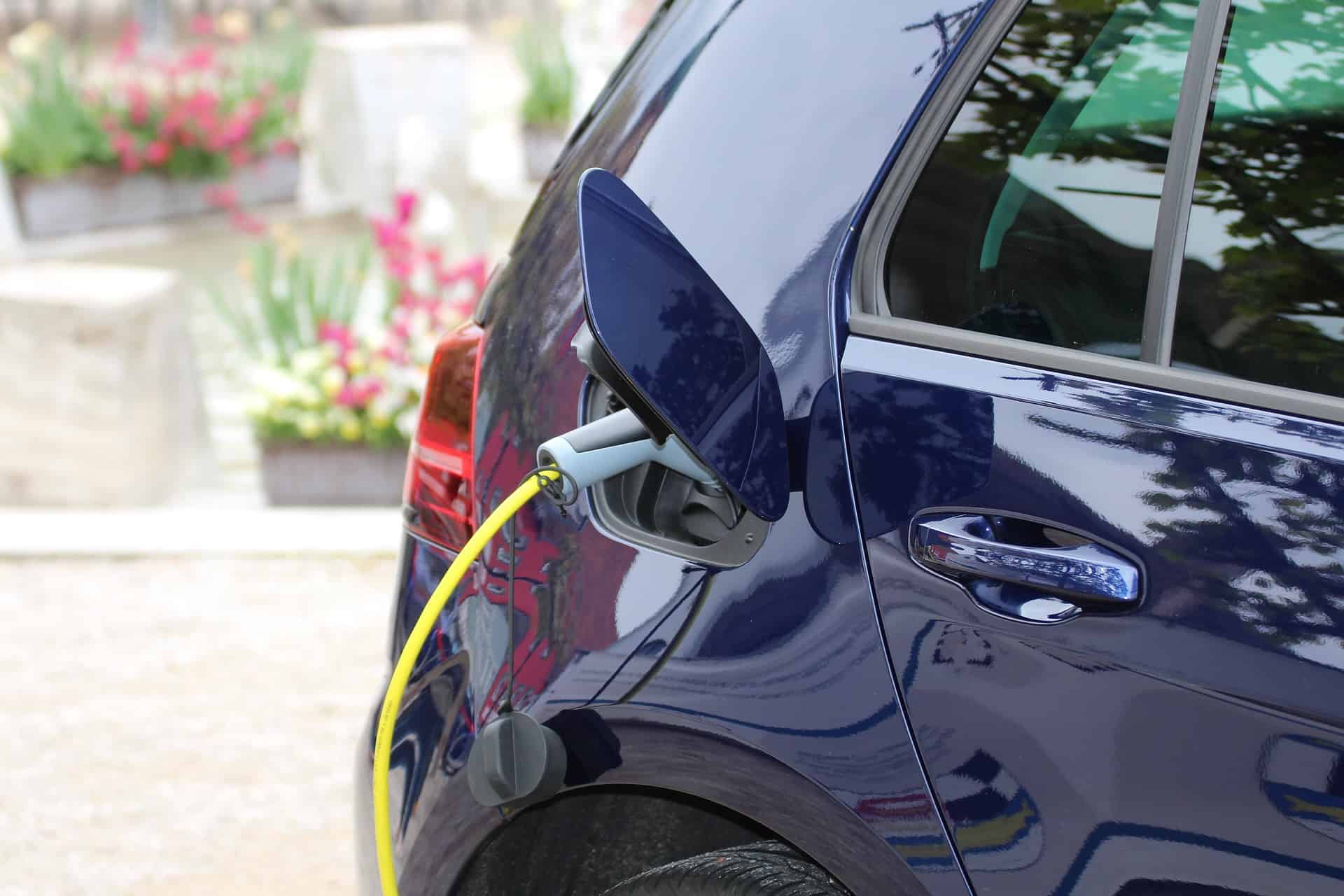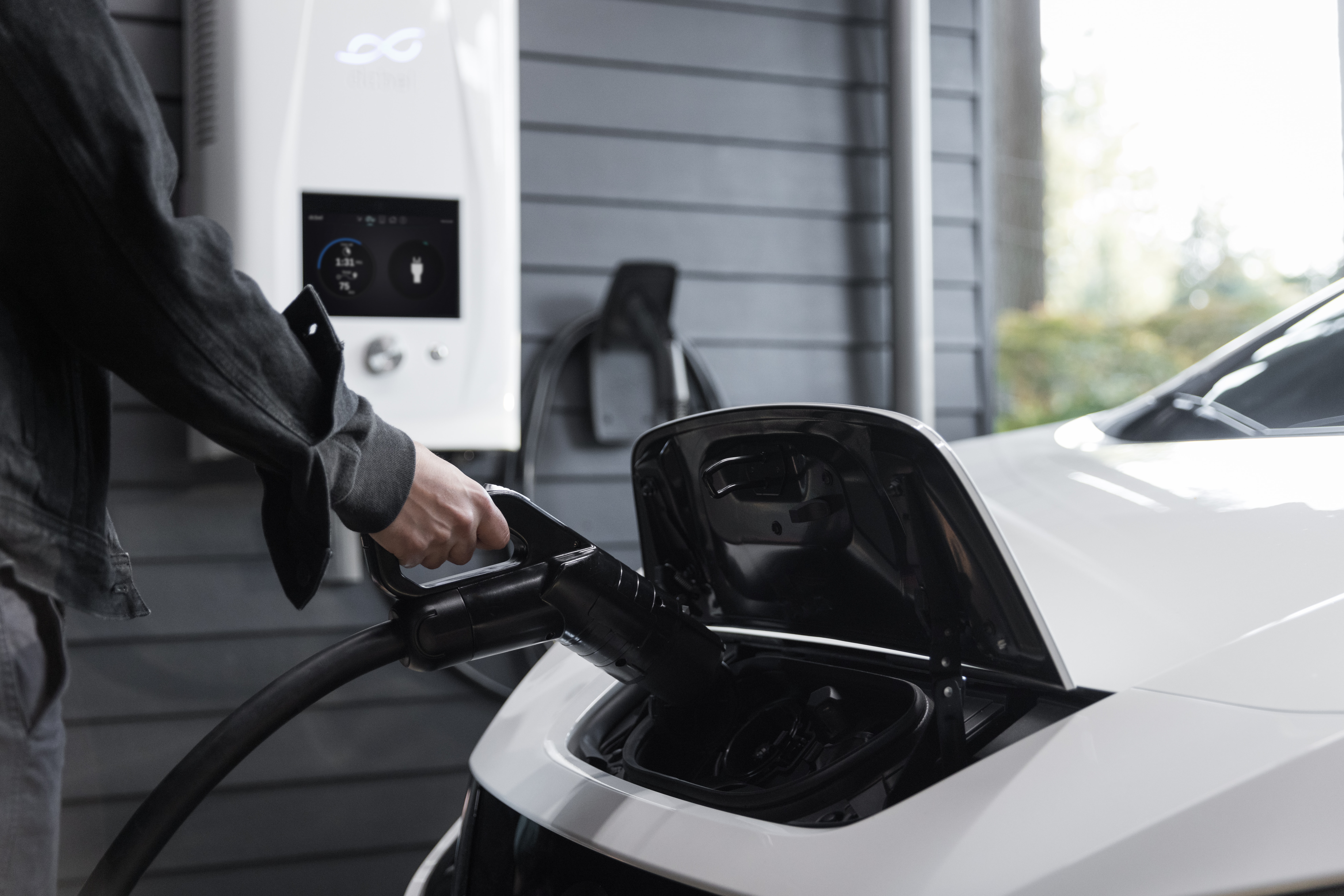
The advancement of batteries is important for the energy transition. Now, Marnix Wagemaker, Dutch professor of electrochemical energy storage, and his colleagues have increased the chaos in a battery by mixing five salts together. That chaos soon transformed into something remarkable: A significant increase in the battery lifespan. “The lifespan of Li-ion batteries is an important piece of the puzzle, especially for new generations of batteries.”
It could well be a big deal, Wagemaker goes on to say. Because even a service life extension of e.g. ten percent is already relevant, according to the researcher. Large-scale testing with the electrolyte has yet to take place. “But in our lab, several types of lithium-ion batteries sometimes last up to twice as long thanks to this breakthrough.”
The breakthrough on a molecular level
Inside a lithium-ion battery is a substance, an electrolyte, made up of a liquid containing lithium salt. The positively-charged lithium ions in it ‘swim’ between the plus and minus of the battery as it charges and discharges. Especially when they reach the minus, the liquid and salt breaks down. This causes a layer of broken electrolyte to form, and the more stable this layer is, the longer the lifespan of the battery. By making a cocktail of five different salts, the Delft scientists enabled this layer to become more stable, which improved its lifespan.
The mobility
Energy storage in batteries, such as that used for electric mobility and short-term storage of solar and wind energy, is essential for the energy transition. An extended service life only offers advantages; it makes the battery cheaper and less recycling is needed.
Lifespan is a particularly challenging factor for future lithium-ion batteries that are aiming for higher energy density levels which will ultimately allow an electric vehicle to travel farther. The current findings could therefore be of significance in accelerating the development and introduction of these types of new batteries.
A good example of this are silicon anodes from LeydenJar, a Dutch start-up, which can substantially increase the energy density of lithium-ion batteries. The company will be testing the electrolyte developed by Wagemaker and colleagues. If the cocktail of salts developed also works for LeydenJar, it would give the lithium-ion silicon technology a major boost.
Next generation of sodium-ion batteries
While lithium batteries are now universally adopted simply because they are the best type of battery at present, it remains to be seen whether there are enough lithium reserves in the world as demand for it is only increasing due to the energy transition.
“This is why we are also looking even further, and we want to explore the application of this electrolyte concept also in next-generation sodium-ion batteries, for instance, as sodium is readily available in the world and can be extracted from sea salt easily. Let’s say our solution does its job just as well in one of those sodium batteries, then this might help the introduction of this type of battery, which would make us less dependent on lithium.”
Turning the dials
That said, while LeydenJar is interested, and is testing the electrolyte in combination with their silicon anode technology, the Delft researchers are going back into the lab to do further research. In Wagemaker’s estimation, many things in these complex electrolytes still need to be better understood. “Perhaps with a more optimal mix of salts, the lifespan can be increased even further. We need to find out what the optimal combination is for each type of battery technology.”
Whether the new discovery can benefit the energy transition anytime soon is still hard to say. But the scientist is optimistic. “If LeydenJar achieves positive results, it could go very fast. But let’s see first, then believe.”


